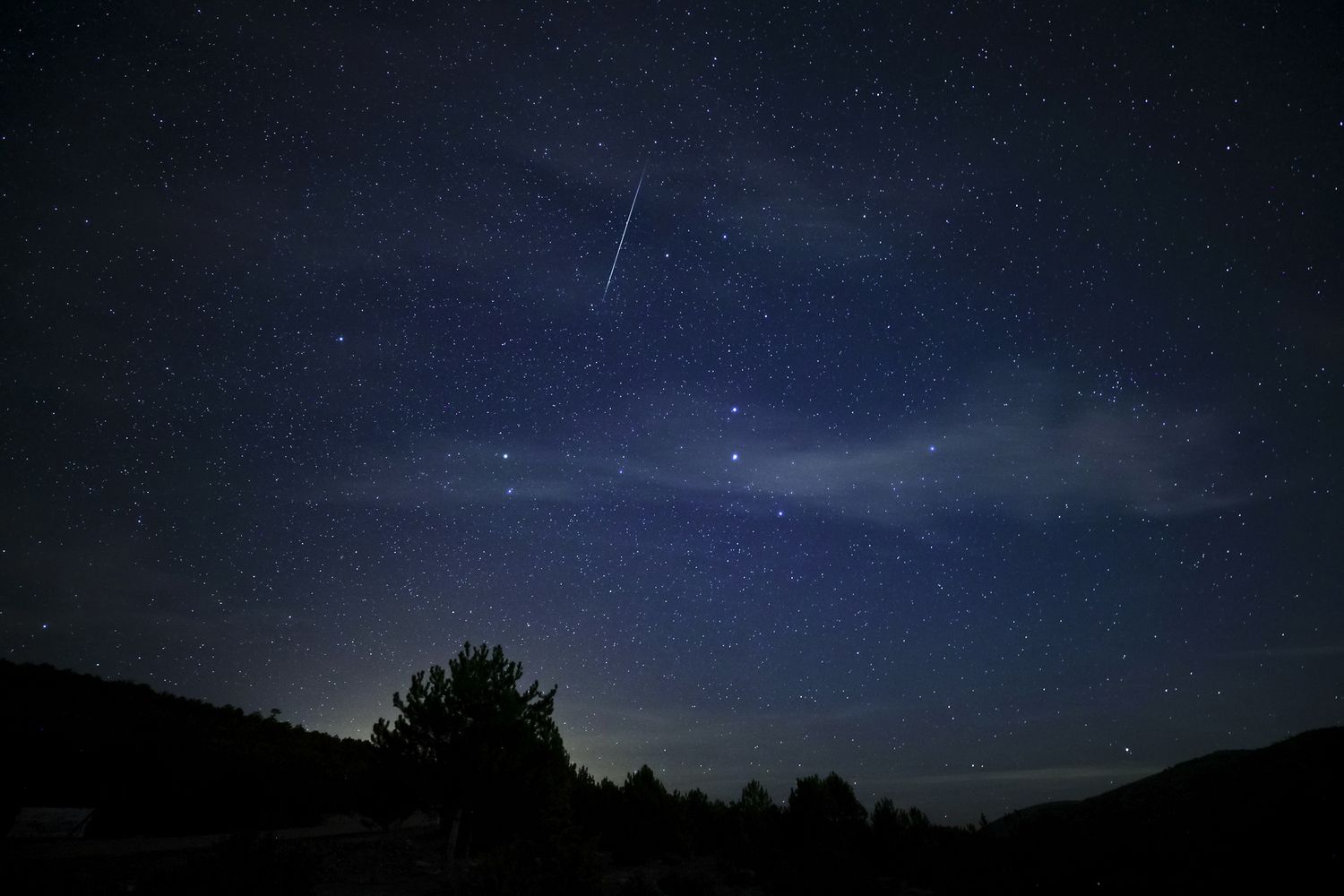:max_bytes(150000):strip_icc():format(jpeg)/TAL-Quadrantid-january-JAN1224-c26581f8f5f34661aacc3523e9becd97.jpg)
While 2024 may have set the astrotourism bar high, 2025 has a host of night-sky marvels in store, too — including many that are set to grace our skies this month.
January has a meteor shower, top-notch planet sightings, and a planet parade on the docket. What’s even more exciting: the recent northern lights activity shows no signs of slowing down, as we’re smack-dab in the middle of the sun’s peak activity period known as “solar maximum.” If you want to see the northern lights, 2025 is the year to make it happen, and here are our favorite places to plan your aurora-hunting trip.
Read on for a handful of January night-sky sights to kick off 2025 with a bang — or, better yet, a shooting star.
Jan. 2-3: Quadrantid Meteor Shower
Kick off the New Year with a spectacular show as the Quadrantid meteor shower peaks between Jan. 2-3. The entire shower runs until Jan. 16, but this Jan. 2-3 night is your best bet for “shooting stars” and fireballs — particularly with the relatively dim waxing crescent moon, which is only 11 percent full, according to the American Meteor Society. The Quadrantids can produce an average of 25 meteors per hour at peak, and under dark skies. The shower is known for its bright fireballs. To catch the spectacle, watch the northeast sky late on Jan. 2 and early Jan. 3.
Jan. 4: Saturn-moon meetup
Come Jan. 4, point your eyes to the southern sky as Saturn and the moon will seemingly “meet” just after sundown. Both will appear within one binocular field of view, according to astronomy site When the Curves Line Up, although you’ll need a telescope to see planet details like Saturn’s dazzling rings. Don’t miss bright Venus just below the duo.
Jan. 10: Venus Reaches Greatest Eastern Elongation
On the evening of Jan. 10, Venus will reach its greatest eastern elongation — its easternmost distance from the sun. This is one of the best times of the year for Venus viewing. Catch the planet just below Saturn in the southwest sky after sunset; it will set beneath the western horizon around 9:30 p.m., according to stargazing site Stellarium.
Jan. 13: Full Wolf Moon
January’s full moon is known as the wolf moon for the likelihood of hearing wolves around this time. It reaches its fullest at 5:27 p.m. EST on Jan. 13, according to The Old Farmer’s Almanac. You can spot it above the eastern horizon once the sun sets. And, if you want to increase your odds of actually hearing a wolf this night, head to Yellowstone — it’s among the best places in the U.S. to experience the elusive canines.
Jan. 15-16: Mars reaches opposition
Get ready for the best Mars viewing of the year — and for the next two years — from Jan. 15-16. The red planet only reaches opposition (when Earth is between the sun and a planet) every two years, according to EarthSky. That means Mars will be brighter and more viewable than normal come mid-January. It will rise just after sunset above the eastern horizon and will move toward the western horizon until dawn. Mars officially reaches opposition at 10 p.m. EST on Jan. 15. You can see Mars with the naked eye, but stargazing binoculars or a telescope will enhance your view.
Jan. 21: Planet Parade
Catch six planets — Venus, Jupiter, Mars, Neptune, Saturn, and Uranus — simultaneously traveling through the sky on the night of Jan. 21. The planets will appear after sunset until around 9 p.m. local time. You can admire all but Uranus and Neptune with the naked eye, although, like Mars’ opposition, viewing through binoculars or a telescope will help you better admire all of the planets.















Leave a Reply